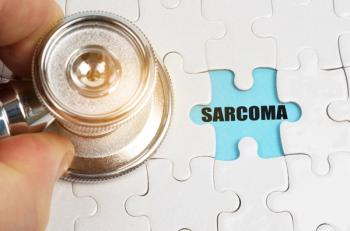
Children need access to mental healthcare
There should be more mental healthcare service delivered in schools to provide comprehensive assessments, early interventions, and treatment
About 4 million children and adolescents in the United States suffer from a serious behavioral health disorder that causes significant impairment at home and in school. Another 21% have a disorder that causes at least some impairment.
Yet, only 20% of children with mental disorders are identified, assessed and receive treatment in any given year, which is unfortunate because these children place a huge burden on society.
Consider:
- About 50% of teenagers with mental illness drop out of high school.
- At least 65% of boys and 75% of girls in the juvenile justice system have at least one mental illness.
- Suicide is the third leading cause of death among persons aged 15 to 24 years.
- Children with untreated mental disorders become adults that incur more health care services and costs.
- Early identification and intervention can minimize the long-term disabilities of many of these children.
“There is ample evidence that the earlier we intervene, the better the outcome and the return on the investment,” says Wayne W. Lindstrom, PhD, president and CEO of Mental Health America.
However, there is a shortage of child psychiatrists and psychologists to assess and treat these children, especially in rural areas.
“We know a lot about child development and neuro-physiological hard wiring. It is critical, particularly during the time in utero and first five years of life, that infants, toddlers, and children grow up in safe, nurturing, supportive, and loving environments. If they are exposed to traumatic stress and toxic levels of ongoing stress , they don’t get hardwired to become resilient children and adults who can self-regulate and be mentally healthy, problem solve, and resist the stressors of life. Instead they develop systems that dysregulate and take these children on life trajectories that potentially lead to school failure, juvenile justice involvement, addictions, mental illness, and other chronic health problems,” Lindstrom says.
The Centers for Disease Control and Prevention did a study with Kaiser Permanente entitled the Adverse Childhood Experiences (ACE)
“The patient-centered medical home model gives us an opportunity to work very closely with PCPs to help these children,” says William Wood, MD, PhD, chief medical officer of behavioral health for Amerigroup Tennessee. “One of the things that we have emphasized is working with children, adolescents and their families with a focus on keeping individuals in the community. We have experienced great health outcomes for members living independently in home and community based settings provided with appropriate support and services. Keeping individuals out of hospitals and institutional care environments and in their communities can produce better quality of life with significantly reduced costs.”
Lindstrom says that children need access to more mental health services in their “natural environments” -such as in home and school. There should be more mental healthcare service delivered in schools to provide comprehensive assessments, early interventions, and treatment before symptoms become more severe and result in more harmful consequences.
“Too many school systems don’t have any mental health professionals in the schools. More often than not, kids that act out in school end up suspended or expelled, and that just exacerbates the problem,” Lindstrom says.
Related Content
Newsletter
Get the latest industry news, event updates, and more from Managed healthcare Executive.

















































